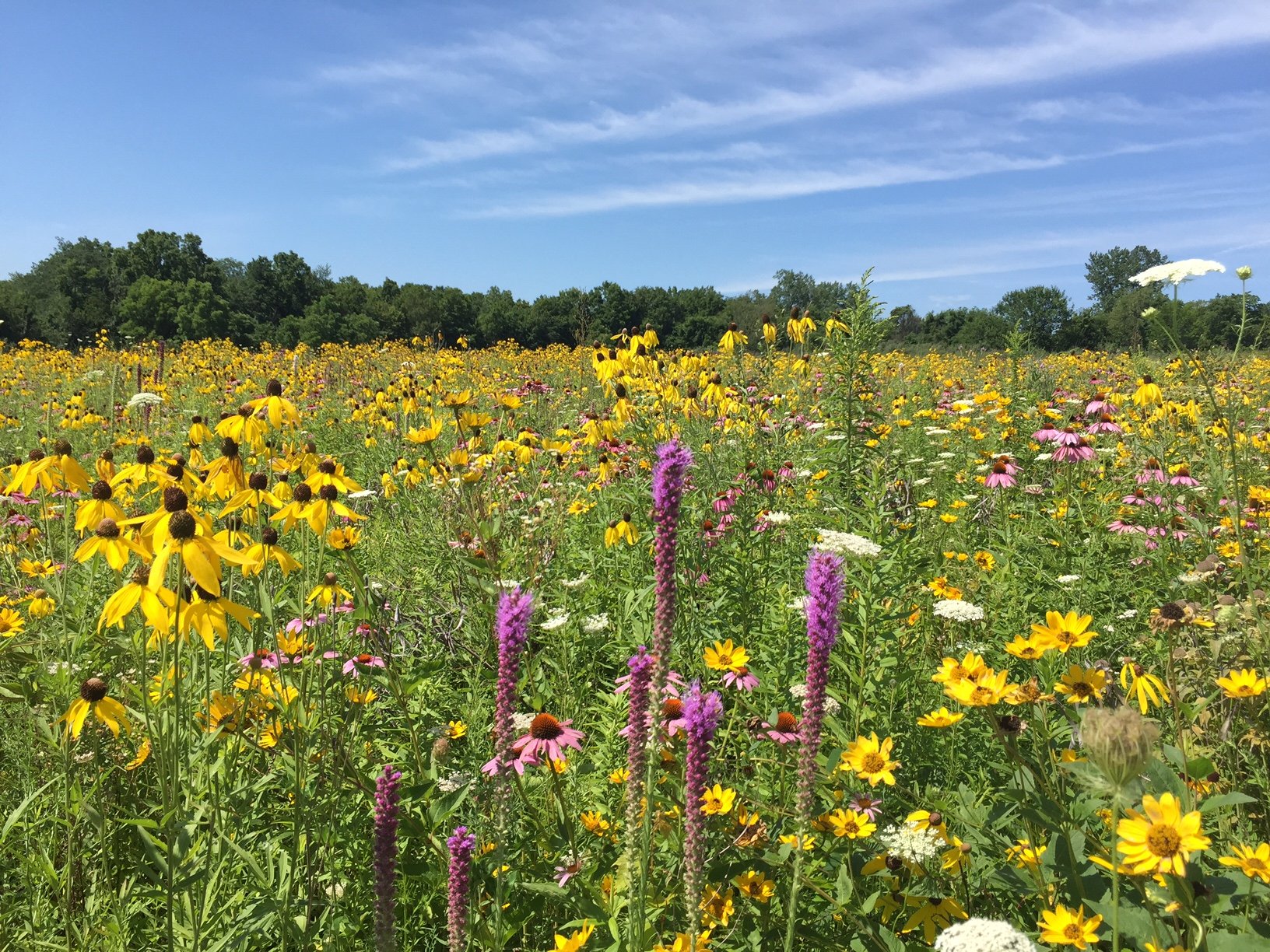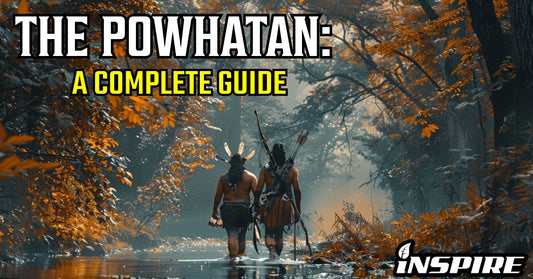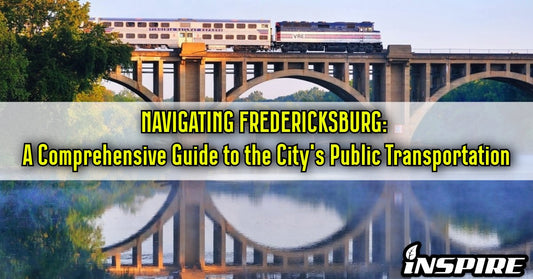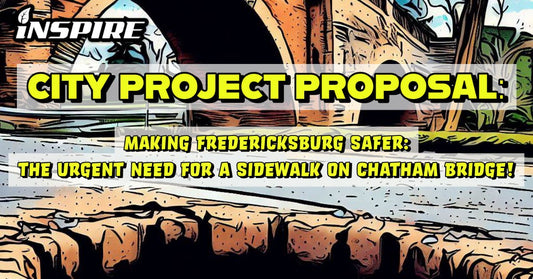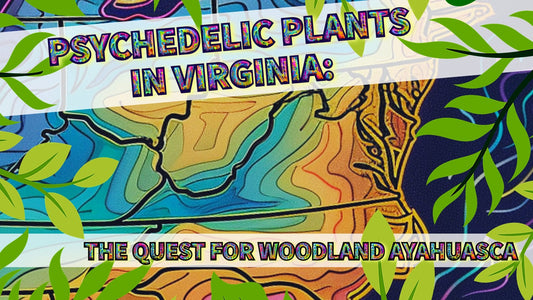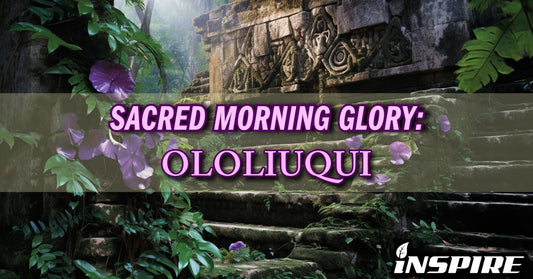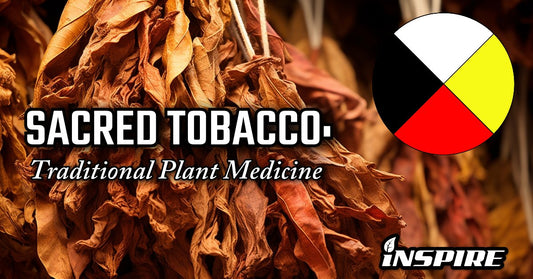Written By: Zach Champ
Connect with me on LinkedIn!
It is important to realize that when you own land; you own more than just a house and a yard- you own a part of the environment, especially if you own significant acreage.
It is important that landowners realize the importance of private landholdings as being integrated and connected with the ecosystem- even if they are not near a park or a forest.
All land is connected to the local ecosystems and ultimately to one large biosphere.
Therefore, it is important for landowners to realize this and to have a concept of land stewardship.
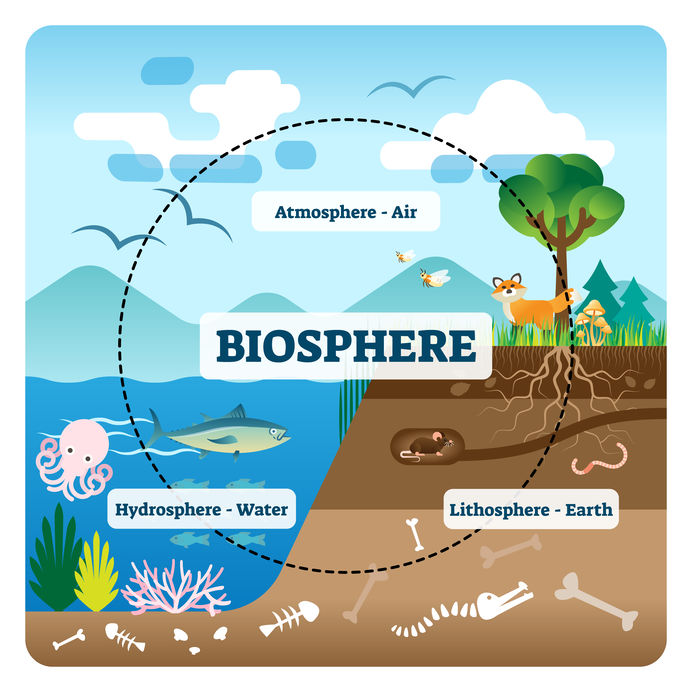
What is land stewardship? Land stewardship is a belief and practice that at its core is about responsible and productive ownership of land.
If you own land, you have a responsibility to maintain the natural setting. You also have the right to use your land productively!
A good land steward knows how to make continued sustainable use of their land while keeping its character and essence in place for future generations to inherit and appreciate.
For example, a good land steward would recognize that it is okay to cut trees for timber from a forest on their property, but they would never cut down the forest in its entirety.
It is through good land stewardship that we as landowners can maintain native eco-systems, encourage wildlife habitation on our properties, and profit from nature’s rewards!

One of the best ways to be a good steward and ensure that your land holdings will be preserved for future use is through establishing your property as a Land Trust or Conservation Easement.
If you own a property with significant natural features, such as a creek, forest, cave, or mountain, you can legally arrange for the property to be locked in for a defined period of time so that further development and re-purpose of the land isn’t allowed until the arrangement ends.
Conservation Easements, generally are authorized to protect and conserve land and how it is used.
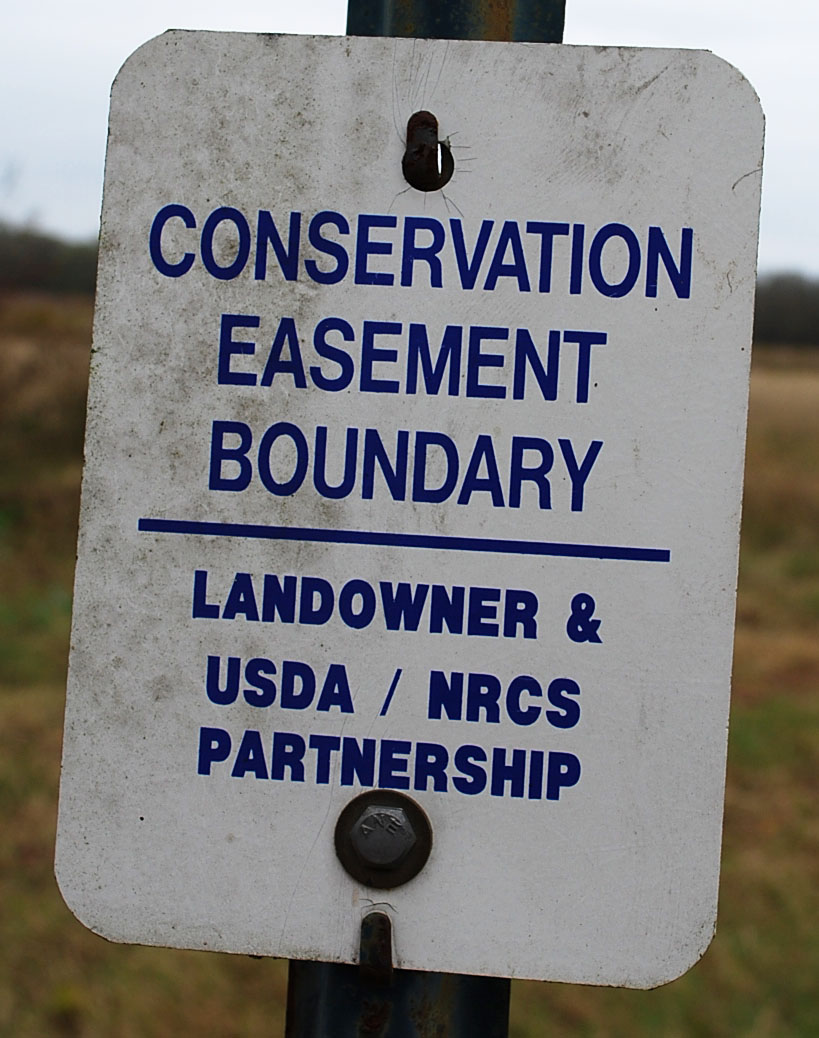
A Conservation Easement establishes how land is to be used over long periods of time and often works towards objectives such as improving the water quality of a creek or stream, encouraging and promoting the growth of forestland, providing habitat for various wildlife, and protecting the scenic and cultural value of a property.
However, not everyone has land that would qualify or be appropriate for a Land Trust or Conservation Easement. There are still plenty of other options for homeowners and property owners who want to utilize their land in a manner that promotes wise and sustainable use.
Many landowners try to emulate each other by having perfect manicured lawns and gardens. The American standard is to have a nice large front yard and backyard with shortly cut green grass, fenced in from the surrounding properties. Most American neighborhoods have this repetitive pattern side by side occurring on each street.
What most landowners don’t realize is that yards like this are a monoculture, they contain only one species of grass that often is not native, and are the ecological equivalents of deserts!

Life thrives off of biodiversity- the different numbers of species in a particular environment. Complex food chains require multiple actors. When landowner’s house a yard that is just grass- in short, one species- then it results in an incapacity to support a complex food chain for organisms. There’s no life!
To add on to this most landowners- in order to maintain this ecological desert, will spray poisonous herbicides and insecticides to kill bugs and remove weeds to maintain this ideal image. In reality, they are just creating a sterile environment.
What the modern homeowner needs to realize is that a sterile yard is not good for the local ecosystem and doesn’t attract wildlife.
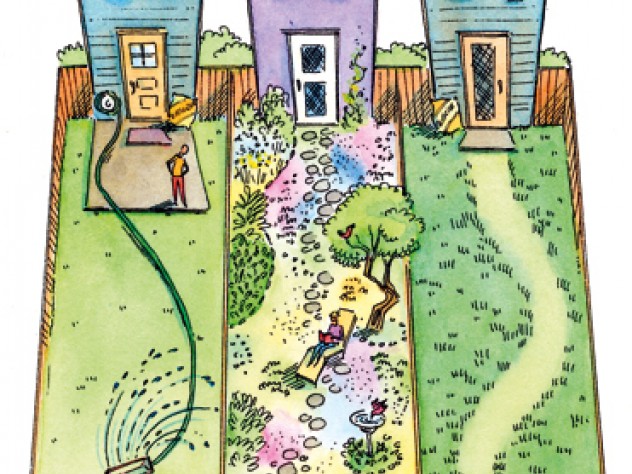
What’s a good front yard with no birds, wildflowers, and animals? If a homeowner is using an insecticide to kill ‘pest’ like bugs, what will be left for the birds to eat? If there are only one species of grass dominating the landscape, how will beautiful native wildflowers and other plants establish themselves? With no weeds like clover and similar ground cover, how will nitrogen fixation occur to keep the soil healthy and viable?
Homeowners need to realize the potential they have in their land holdings to establish small ecosystems within the larger ecosystem. They can craft little biotic communities that harbor all types of wildlife that can be appreciated and enjoyed from home!
Not only are these ‘ecosystems within an ecosystem’ aesthetic within themselves, but they also make real progress towards helping preserve and maintain a balanced and healthy biosphere upon which many aspects of human economy and culture depend upon!
If homeowners planted more native plants such as wildflowers in their yards versus just grass, they could have plenty of beautiful, colorful, and attractive plants that attract pollinating insects like butterflies and bees.
If a homeowner has a vegetable or fruit garden, the addition of native wildflowers and their pollinating assistants will help reap better yields in those gardens, specifically because the pollinating insects will be attracted to those gardens plants as well just by proximity!

There are also several native medicinal and edible plants a homeowner could seed in their yards, which would then provide them access to a variety of teas, healing herbs, and spices for cooking!
Planting trees in your yard, especially nut-bearing or fruit-bearing trees also helps add ecological value to land as well as economic! These trees serve as habitats for squirrels and birds and other animals, but can also provide you food.
If you have a large piece of land you could plant several trees of economic value such as Christmas trees or certain valued timber species. While the trees grow (over a few years) they provide a nice little hamlet that houses wildlife, and then you can eventually when needed cut the trees down and gain money off of them.

Alternatively, you can plant several species of wild native trees and create a small forest that you allow to persist, adding more ecological value to the land by establishing habitat for wildlife.
In short, you can create a small local environment right on your property with hard work and determination! Imagine being able to source half of your food right off your land, all of it nutritionally rich and healthy food!
There are many benefits of sustainable land use and conservation practices that can improve one’s lifestyle physically, mentally, and spiritually.
This is the real value of land that America needs to profit off of… that land is what nourishes and comforts the human spirit!


